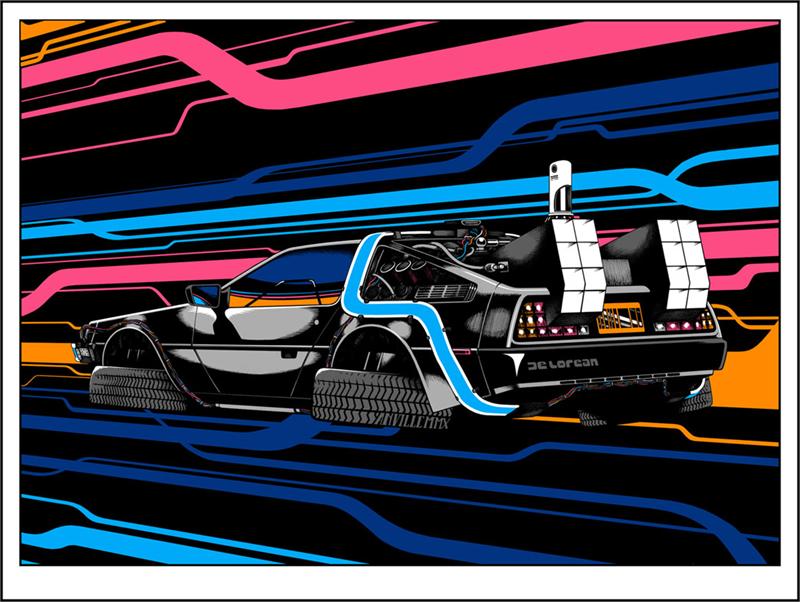
Screen print via Nakatomi Inc.
Gulf of Mexico: go in crude, come out refined. Some news.
London is full of weird historical kickbacks – perhaps the weirdest is the 100th Livery Company, a guard group from the old City formed in medieval times to regulate the guilds. They have now been re-named the Information Technologists Company, but if you think this means they've abandoned the silly metal hats, tights and big wooden sticks then you're wrong...
You know, MP is way more popular in the States than it here in its hometown. I attribute this to the time-honoured lust that yanks have for poms. Segue: Date British Guys (.com); 1960's posters have been discovered in an abandoned Nottinghill Gate tube tunnel; Take me there Boris: the mayor of London as a cab driver. Moving on to Britain (also known as Greater London), Prince Charles blames the world's ills on Galileo and 'soulless consumerism'. the UK tightens its recession belts, and prepares to make penny-pinching £5-note dispensing ATMs.
The ConDems are really screwing British architects: the Sesquipedalist eloquently explains why (bloody fools). A map of the London Underground in real-time. Ace. Related, a geography of London formed by the number of tweets from each part of the city. Also maps:
Historypin is a like a digital time machine that allows people to view and share their personal history in a totally new way. It uses Google Maps and Street View technology and hopes to become the largest user-generated archive of the world's historical images and stories. Historypin asks the public to dig out, upload and pin their own old photos, as well as the stories behind them, onto the Historypin map. Uniquely, Historypin lets you layer old images onto modern Street View scenes, giving a series of peaks into the past.
America: Restrepo, a documentary about fighting the war in Afghanistan; Still on Afghanistan: a recent mineral deposit find could completely change the game; Marshall McLuhan playing cards; MJ killed for his money, says whacko sister. I'm just not sure that corporate education is a good thing: the Wal-Mart university. iPreach: ipad used to spread the Word; salt flat racers made from the cowls of WW2 fighter planes.
The world: A closer look at sink holes; the silo home; hilarious tattoo mistakes: Loltatz; Chairs prefer gym socks; Two really nice photographers: untitled, and Andrew Moore. One more for good luck (a bit more pop). A fictitious brand created to campaign for industrial architecture in a post-industrial era: Cityfix.
There's been a trend to bend (apparently sexily) in Facebook photos of late, now there's a tumblr devoted to: The awkward lean. Japanese spacecraft deploys first ever solar sail. Still space, "We treat each other with respect and we have a great working relationship. Personal relationships are not ... an issue," says astronaut team-leader, when asked about what its like in the 100 mile club. Humourless response, but who can blame him? The man's name is Poindexter.
A five-step simple plan for everyone and everything; algae-powered flight; Jaguars are obsessed by Calvin Klein cologne; probably the coolest table in existence. Word on the street is that more and more women in their 30's are freezing their eggs, still waiting for "Mr. Right". I don't quite understand who Mr. Right is, but I can only assume he is symbolic for some sort of Cargo Cult. China gets their own native-script URLs. This. Is. Hot. How to beat Super Mario in 11 minutes; Save the Kittens; turn out whale faeces absorb CO2. Clingfilm (or, if you prefer, ceran wrap) architecture (must see!)
Finally, some videos:
1. Perhaps the best thing I've seen this year... via l'Histoire de l'Oeil. (if it gives you an ad, just click the cross to close it).
2. Cleese on Extremism.
3. The most awkward personal transporter I've ever seen...
4. Classroom Mario.





